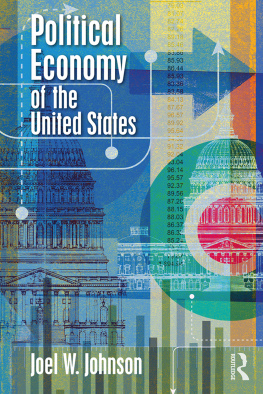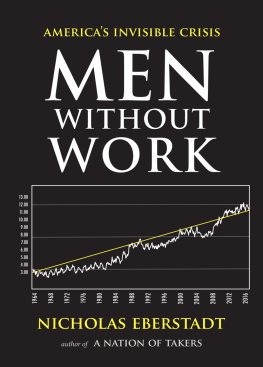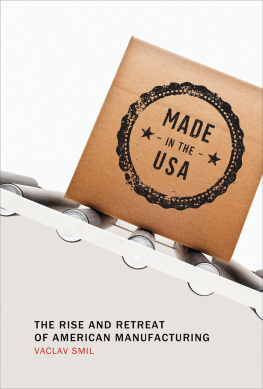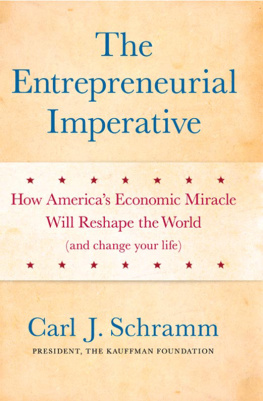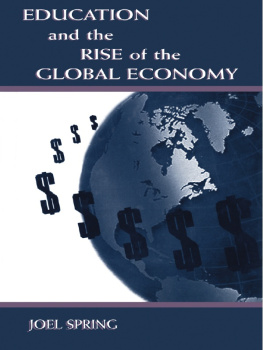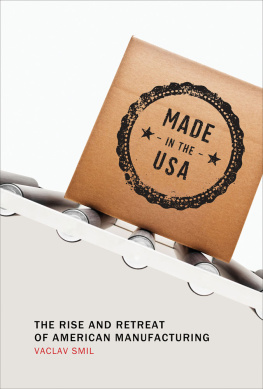Joel Kurtzman - Unleashing the Second American Century: Four Forces for Economic Dominance
Here you can read online Joel Kurtzman - Unleashing the Second American Century: Four Forces for Economic Dominance full text of the book (entire story) in english for free. Download pdf and epub, get meaning, cover and reviews about this ebook. year: 2014, publisher: PublicAffairs, genre: Politics. Description of the work, (preface) as well as reviews are available. Best literature library LitArk.com created for fans of good reading and offers a wide selection of genres:
Romance novel
Science fiction
Adventure
Detective
Science
History
Home and family
Prose
Art
Politics
Computer
Non-fiction
Religion
Business
Children
Humor
Choose a favorite category and find really read worthwhile books. Enjoy immersion in the world of imagination, feel the emotions of the characters or learn something new for yourself, make an fascinating discovery.

- Book:Unleashing the Second American Century: Four Forces for Economic Dominance
- Author:
- Publisher:PublicAffairs
- Genre:
- Year:2014
- Rating:5 / 5
- Favourites:Add to favourites
- Your mark:
Unleashing the Second American Century: Four Forces for Economic Dominance: summary, description and annotation
We offer to read an annotation, description, summary or preface (depends on what the author of the book "Unleashing the Second American Century: Four Forces for Economic Dominance" wrote himself). If you haven't found the necessary information about the book — write in the comments, we will try to find it.
Joel Kurtzman persuasively shows why all the talk about Americas decline is not only baseless but dead wrong. Our best days, are, in fact, ahead of us.
Four transformational forcesunrivaled manufacturing depth, soaring levels of creativity, massive new energy sources, and gigantic amounts of capital waiting to be investedhave been gathering steam. When combined they will provide the foundation for a much stronger economy, robust growth, and broad-based prosperity that will propel the United States to new heights.
One endlessly repeated anxiety is that we dont make anything here, anymore. The reality, though, is that the US is the worlds dominant manufacturing powerand growing. American companies produce 20 percent of the worlds goods in the US and perhaps another 15 to 20 percent outside our country. And much of what we make is recession-proofsuch as software, jetliners, medical devices, pharmaceuticals, chemicals, and food.
Kurtzman reveals the stories of the unsung heroes who are the creative force leading the second American century, describing the payoff of the investment in our best minds. American companies have stunning levels of talent and creativity at work in the worlds fastest growing economic sectorsbiotech, pharmaceuticals, computer hardware and software, telecommunications, advanced manufacturing, materials science, and aeronautical and space engineering. In these fields, Americans are without peer and consistently break new ground.
We are coming to the realization that America is no longer beholden to the despots of foreign energy. Thanks to advances in technology developed in the US, we now have among the worlds largest energy reserves, and are richer in energy resources than Saudi Arabia and second only to Russia.
These three strengthsmanufacturing, soaring levels of creativity, and energy independencewill be magnified and synergistically combined with the unprecedented amount of capital that now lies idle. US companies of all types are hoarding cash and securities worth more than $4 trillionan amount larger than the worlds fourth largest economy, Germany. When the money starts flowing and is invested, it will rapidly propel every part of the economy forward.
Joel Kurtzman: author's other books
Who wrote Unleashing the Second American Century: Four Forces for Economic Dominance? Find out the surname, the name of the author of the book and a list of all author's works by series.

